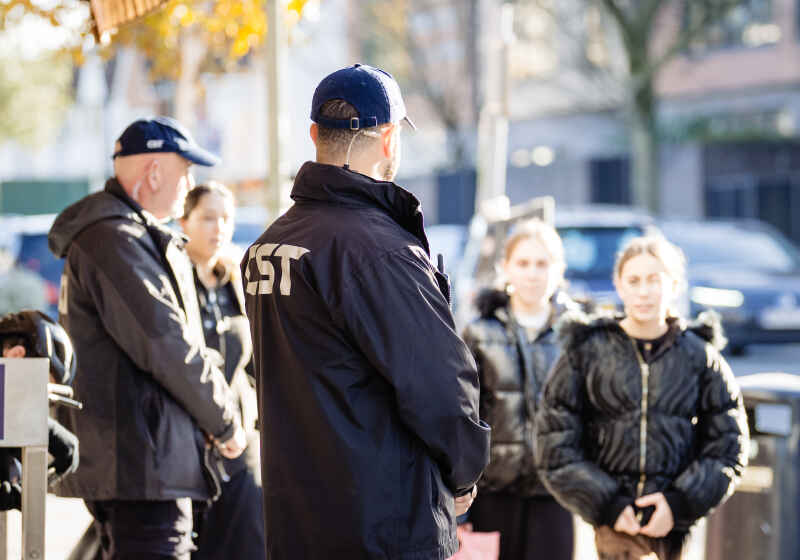CST Blog
CST Antisemitic Incidents Report 2010
3 February 2011
Today, CST releases its Antisemitic Incidents Report 2010, which can be downloaded from the CST website (pdf).
The report shows that CST recorded 639 antisemitic incidents across the UK last year, the seond-highest annual total since CST began recording antisemitic incidents in 1984. This is 31% down on 2009, which was to be expected as 2009 saw a record high number of incidents due to antisemitic reactions to the Gaza conflict. However, it is 17% more than the 2008 figure of 546 antisemitic incidents, and continues the decade-long trend of rising antisemitic incident levels.
In addition to the 639 antisemitic incidents, CST received reports of a further 372 incidents that, on investigation, did not appear to be antisemitic and so were not included in the annual total. These 372 non-antisemitic incidents mainly consisted of criminal activity affecting Jewish people or property, suspicious behaviour at Jewish locations and anti-Israel activity that was not antisemitic.
Since the year 2000, we have seen a significant increase in antisemitic incident levels, triggered by repeated antisemitic reactions to events in and around Israel and the Middle East. In 2010, however, there was no comparable trigger event, but CST still recorded the second-highest number of antisemitic incidents since we began this work in 1984. How to explain this?
Detailed analysis of the antisemitic incidents reported to CST during 2010 showed that the most common type of antisemitic incident was random verbal abuse on the street, directed at people who are visibly Jewish. The most common type of perpetrator was a white adult male, and if they shouted something abusive, it was more likely to be about Auschwitz than about Gaza.
At root, this is basic, street-level antisemitism, coming from racists who would just as readily attack other minorities too. We saw the same basic picture in 2007 and 2008 when the Israeli-Palestinian situation was also (relatively) quiet, yet there were still many hundreds of antisemitic incidents.
We should not over-simplify the analysis: those who commit antisemitic attacks do so for lots of reasons and many of the 2010 incidents still included references to Israel.
But what we learn is that when Israel is in the news, two things seem to happen. Firstly, it dominates the thinking and actions of anti-Jewish bigots, be they white, Muslim or of whatever origin.
Secondly, some people get so carried away by their hatred of Israel that they lose control and attack Jews, revealing deep prejudices which they probably never knew they had.
When Israel is not dominating the news, this layer of Israel-related antisemitism is stripped away, and we see the bedrock of unadulterated antisemitism that persists year in, year out. This then provides the starting point for even worse incident levels should a significant trigger event occur, such as the Gaza conflict in 2009.
There is much talk of a new antisemitism, although contemporary would be more accurate. This is real and important, but risks distracting us from the fact that, beneath the surface, the old antisemitism is still there and growing.
A version of this article appears in today's Jewish Chronicle.
Read More

Antisemitic Incidents Report January-June 2025
6 August 2025

Love since 7 October
14 February 2025

Antisemitic Incidents Report 2024
12 February 2025